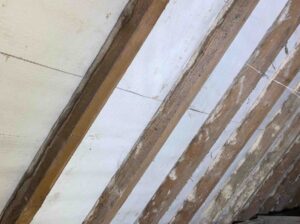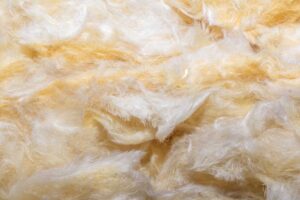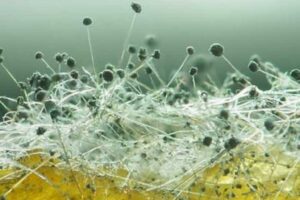Sarcoidosis is a puzzling inflammatory condition marked by granulomas, small clusters of inflammatory cells, in different organs, predominantly the lungs. While the precise cause of sarcoidosis is unknown, environmental elements, such as exposure to mould, are believed to contribute to its development and aggravation. This blog post will examine the characteristics of sarcoidosis, investigate the possible link between exposure to mould and the disease, and highlight the significance of regular mould inspections and appropriate remediation.
What is Sarcoidosis?
Sarcoidosis is a systemic inflammatory condition that can impact any organ. It is often found in the lungs, but can also affect lymph nodes, skin, eyes, and other organs. The defining feature of sarcoidosis is the development of granulomas, which are clusters of immune cells that form in response to an unidentified trigger.
Symptoms of Sarcoidosis
Lungs: Persistent dry cough, shortness of breath, wheezing, and chest pain.
Lymph Nodes: Enlarged lymph nodes, particularly in the neck and chest.
Skin: Reddish, tender bumps, usually on the shins (erythema nodosum), and other skin lesions.
Eyes: Blurred vision, eye pain, severe redness, and light sensitivity.
General Symptoms: Fatigue, fever, weight loss, and night sweats.
Diagnosis and Treatment
Diagnosing sarcoidosis often involves a combination of medical history, physical examination, imaging tests (such as chest X-rays or CT scans), and biopsies of affected tissues. Blood tests can also help identify markers of inflammation.
Treatment for sarcoidosis depends on the severity and extent of the disease. Mild cases may not require treatment and can resolve on their own. More severe cases are typically treated with:
- Corticosteroids: These are the most common medications used to reduce inflammation.
- Immunosuppressive Drugs: Medications like methotrexate or azathioprine may be used to manage symptoms.
- Antimalarial Drugs: Hydroxychloroquine can be helpful, particularly for skin and joint symptoms.
What is Mould?
Mould, a variety of fungus, proliferates in multicellular strands known as hyphae. It favours moist, warm, and humid conditions and propagates by releasing minuscule spores that are airborne. Typical indoor moulds encompass Aspergillus, Penicillium, and Stachybotrys, also known as black mould.
The Link Between Mouldy Environments and Sarcoidosis
Although the precise cause of sarcoidosis remains elusive, increasing evidence indicates that environmental factors, including exposure to mould, may contribute to triggering the disease in individuals with genetic predispositions. It is hypothesized that inhaling mould spores or mycotoxins might provoke an atypical immune reaction, resulting in the development of the granulomas that are a hallmark of sarcoidosis.
Evidence Linking Mould to Sarcoidosis
Several studies and case reports have suggested a potential link between mould exposure and sarcoidosis:
Inflammatory Response: Mould spores and mycotoxins can trigger an inflammatory response in the lungs, which may contribute to the development or worsening of sarcoidosis.
Occupational Exposure: Individuals working in environments with high mould exposure, such as farmers, horticulturists, and people involved in building renovation, have shown higher incidences of sarcoidosis.
Residential Exposure: Cases of sarcoidosis have been reported in people living in homes with significant mould infestations, indicating that prolonged exposure to mould in the home environment could be a risk factor.
How Mould Can Exacerbate Sarcoidosis
Mould can exacerbate sarcoidosis by triggering inflammation in the lungs, which can worsen respiratory symptoms and potentially lead to more granuloma formation. Additionally, mould exposure can compromise the immune response, making it harder for the body to control the inflammatory process associated with sarcoidosis.
- Triggering Inflammation: Mould spores can cause inflammation in the lungs, exacerbating respiratory symptoms and potentially leading to more granuloma formation.
- Compromising Immune Response: Mould exposure can weaken the immune system, making it harder for the body to control the inflammatory process associated with sarcoidosis.
- Increasing Susceptibility to Infections: Mould can cause respiratory infections, which can be particularly problematic for individuals with sarcoidosis, as their lungs are already compromised.







